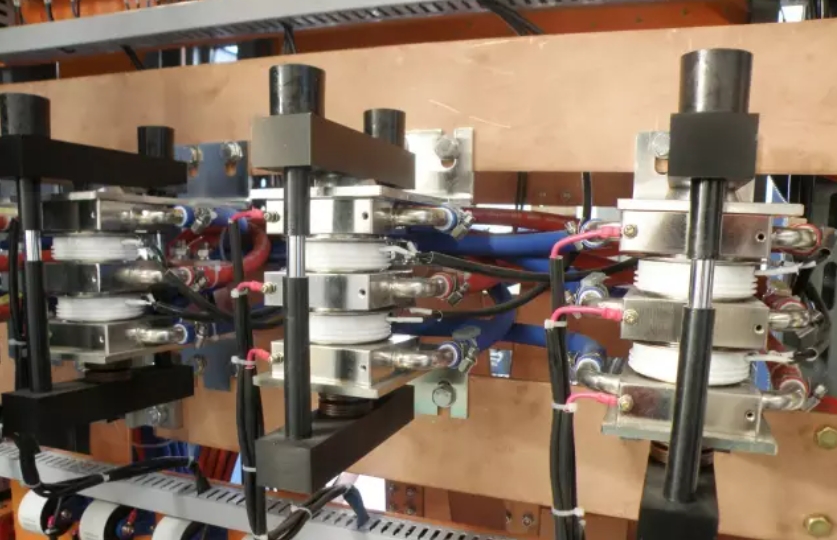- 16
- Jun
The core component of the induction melting furnace, the safety features of the thyristor
The core component of the induction melting furnace, the safety features of the thyristor

The thyristor of the induction melting furnace is the core of the intermediate frequency power supply, and its accurate use is critical to the operation of the facility. It is normal for an induction melting furnace to damage several thyristors a year. If the thyristor is burned frequently, the electric furnace will stop production, which will affect the production, and it will cause vigilance. The working current of the thyristor ranges from several hundred amperes to several thousand amperes, and the voltage is usually one or two thousand volts. Good protection of the main control board and good water cooling conditions are necessary.
Overload characteristics of thyristor: The damage of thyristor is called breakdown. Under normal water-cooling conditions, the current overload capacity can reach more than 110%; no voltage overload capacity, that is, silicon is definitely damaged under overvoltage conditions. Considering the surge voltage, manufacturers often choose silicon components based on 3-4 times the operating voltage when manufacturing facilities.
The accurate installation pressure of SCR: 150-200KG/cm2. When the facility leaves the factory, it is generally press-fitted with a hydraulic press. The maximum strength of an ordinary wrench can not reach this value, so there is no need to worry about the silicon being crushed when the pressure is manually installed; if the pressure is loose, it will burn the silicon due to poor heat dissipation.
SCR radiator structure: water-cooled cavity + multi-copper pillar support. If the circulating water is too hard, it will scale in the water cavity and cause poor heat dissipation; if leaves and other debris enter the water cavity, it will also cause poor water flow.
